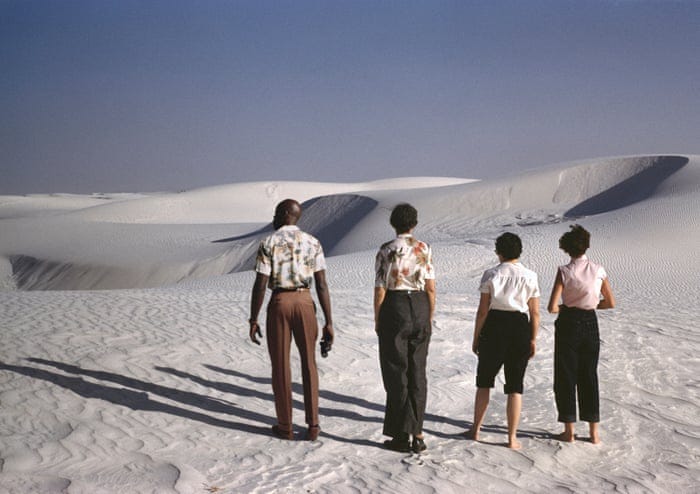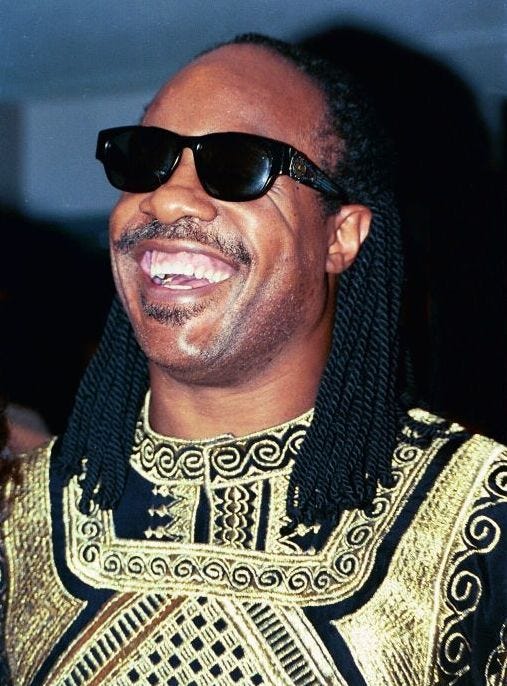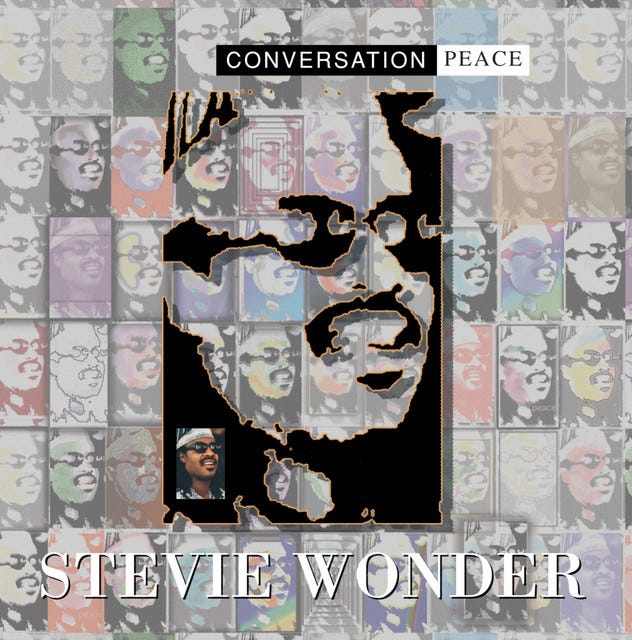🔅 The Time-Traveling Photographer Who Crashed Vintage White Parties
Diop's Vintage Insertions, $2.2B for Clean Cooking, and Stevie Wonder's Homecoming
Photo of the Day
Spotlight Stories
Time-Traveling Photographer Crashes Vintage White Parties
Imagine flipping through a dusty old album of a white middle-class vacation photos from the 1950s, and suddenly, there's a chic, modern-day Senegalese man grinning back at you from the glossy Kodachrome slides.
No, you haven't stumbled upon a real-life time traveler, you've just discovered the brilliant collaborative project between photographer Omar Victor Diop and The Anonymous Project's Lee Shulman.
Shulman's The Anonymous Project boasts a collection of nearly a million amateur Kodachrome slides spanning from the 1940s to the early 2000s. But as he pored over the images of white middle-class American life during the era of racial segregation, something didn't sit right. Too many empty chairs, too many spaces where people of color were conspicuously absent.
Enter Omar Victor Diop, the Senegalese photographer known for his stunning self-portraits. Together, Diop and Shulman hatched a plan to insert Diop into these vintage scenes, creating a series of images that challenge the historical narratives and societal norms of the past.
Projecting Presence, Repairing Absence
For Diop, the project was a chance to embark on a journey through time, projecting himself into worlds that were previously inaccessible to him. By digitally inserting himself into these bygone moments, Diop doesn't just repair the absence of people of color in these photographs; he opens up a conversation about representation.
As art historian and curator Taous Dahmani points out, the right to photographic representation has long been a battleground for marginalized communities. "It is interesting to note that, as early as the 19th century, the abolitionists Frederick Douglass and Sojourner Truth demanded that Black Americans be granted the right to representation by being allowed to access portrait studios," she says. "In these circumstances, one easily understands the power of Diop's presence in these images."
The result of Diop and Shulman's collaboration is "Being There," a series that playfully fluctuates between the mundane and the extraordinary, and we recommend you take a look at it here.
Cooking Up a Clean Revolution: A $2.2 Billion Pledge for Healthier Kitchens
In a world where we can order food with a tap on our smartphones, it's easy to forget that over 1 billion people in Africa still rely on fuels like charcoal and wood to cook their meals.
But a recent summit in Paris aimed to change that, raising $2.2 billion in pledges from governments and the private sector to provide clean cooking options for the continent.
Now, you might be wondering why a summit about cooking in Africa was held in Paris, of all places, in 2024.
It's a fair question – after all, wouldn't it make more sense to host such an event on the continent it's actually about? But hey, who are we to question the wisdom of the International Energy Agency (IEA), which co-chaired the summit?
Either way, the summit drew more than 1,000 delegates from nearly 60 countries, so it seems like the Parisian charm worked its magic.
The Deadly Cost of Dirty Cooking
Jokes aside, the issue of clean cooking in Africa is no laughing matter. According to the IEA, using charcoal and firewood is the second-biggest cause of premature death on the continent, mostly among sub-Saharan women and children.
It's a sobering statistic, and one that highlights the urgent need for action.
But money alone won't solve the problem. The IEA has pledged to ensure that the pledges are fulfilled and monitor the process to make sure the funds are "spent in a timely manner and reach those in need." They'll also lead efforts to help raise the $4 billion a year needed by 2030 aimed at transforming cooking on the continent.
At the end of the day, the push for clean cooking in Africa is about more than just stoves and fuel. It's about fundamental rights like health, gender equality, and education. And it's about giving people the dignity and safety they deserve in their own homes.
From Motown to Motherland: Stevie Wonder's Now Ghanaian
Music legend Stevie Wonder has officially become a Ghanaian citizen on his 74th birthday. The Grammy-winning superstar, born and raised in Michigan, has long had a love affair with the West African nation, and now he can finally call it home.
On Monday, Stevie Wonder blew out the candles on his birthday cake, only to be handed a certificate of Ghanaian citizenship by the president himself at a ceremony in the presidential palace.
"This is it, congratulations!" President Akufo-Addo told a beaming Wonder. It's safe to say that this was a birthday celebration unlike any other.
From Michigan to Ghana: A Lifelong Love Affair
Wonder's affinity for Ghana is no secret. In 1975, at the height of his musical career, he openly expressed a desire to quit music and move to the country, believing his ancestral lineage could be traced there. While he ultimately stuck with singing and stayed in the US, his love for Ghana never wavered.
Over the years, Wonder has made several trips to Ghana, even writing an entire album, "Conversation Peace," during one of his visits.
Wonder's love for Ghana was ignited by the people he met during his visits, including the late President Jerry Rawlings. Ghana has long prided itself on being a bastion of pan-Africanism, with its founding leader, Kwame Nkrumah, calling it a "Black Mecca." Wonder joins a long list of African-American icons who have celebrated this message, including W.E.B. Du Bois, Martin Luther King, Malcolm X, and Muhammad Ali.
And since 2001, Ghana has given the descendants of Africans the right to stay, allowing them to live and work in the country without renewing their visas or work permits.
In 2019, the Ghanaian government launched the "year of return" initiative to encourage Africans in the diaspora to relocate there. More than 300 Africans in the diaspora have been granted Ghanaian citizenship since then.
Food for Thought
“He that beats the drum for the mad man to dance is no better than the mad man himself."










